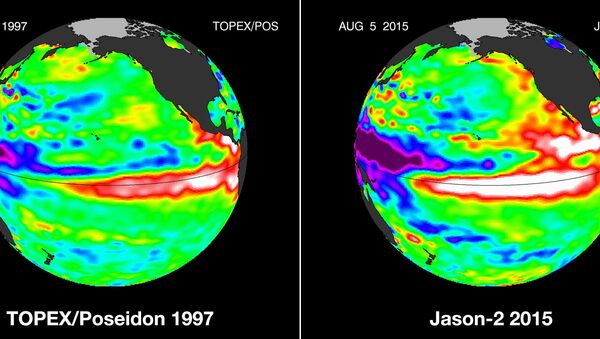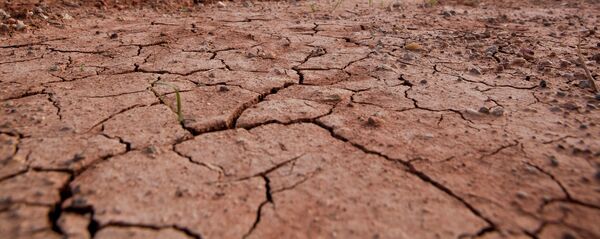According to the National Weather Service’s Climate Prediction Center, current computer models estimate that this year’s El Niño could be the strongest since record-keeping began in 1950.
"This definitely has the potential of being the Godzilla El Niño," said Bill Patzert, a climatologist with NASA’s Jet Propulsion Laboratory, according to the LA Times.
The previous record occurred in 1997-98. That season brought in massive amounts of rainfall, with Los Angeles receiving nearly a year’s worth of rain in the month of February.
While that may seem promising for drought-stricken California, an excess of water can be just as devastating. The rainfall from the ’97 El Niño led to mass flooding. Mudslides in California caused over $500 million in damage, and 17 people lost their lives.
The El Niño of 1982-83, the second largest on record, saw similar effects.
"Particularly at the end of 1983, we had some very strong storm wave effects along the coast, and a lot of the vulnerable structures were lost that winter," Dan Cayan with the US Geological Survey told the LA Times.
It’s also uncertain if one season of above-average rainfall will be enough to rescue California from its four-year slump. Multiple wet seasons will be necessary in order for the state to fully recover. Given the rising sea level temperatures, that could very well be the case. But that prolonged exposure would leave California over-saturated, and stronger El Niño’s will also have negative impacts on other parts of the world.
It’s hard to simplify global weather patterns by focusing on a single factor like El Niño – no matter how significant that factor is. But some generalities can be drawn. In order to bring that rainfall to the west coast of North America, it robs precipitation from other parts of the world. The Philippines, Indonesia, and Australia are all undergoing droughts similar to ones which occurred in 1997-98.
El Niño also has effects on the rest of the continental United States. A stronger season usually brings colder, wetter weather across the south, and a warmer winter for the Midwest.
Ocean temperatures are already warm enough to far surpass the previous record holder. But one other necessary factor has yet to occur.
"We’re waiting for the big trade wind collapse," Patzert said. "If it does, it could be stronger than 1997."
That refers to winds which traditionally blow west of Peru, cooling waters along the Americas. Already weakening, a complete collapse of those winds could create the perfect storm.
It’s possible that the trade winds could recover, but unlikely.




